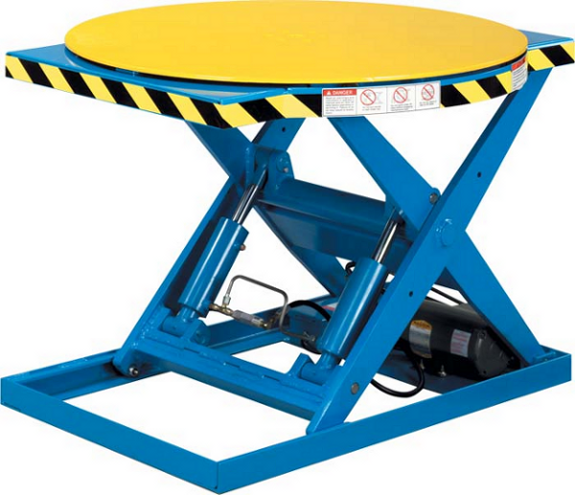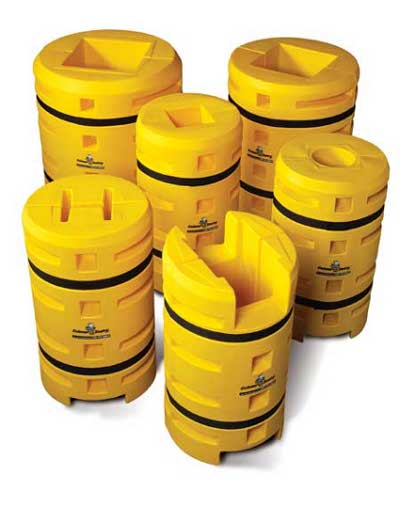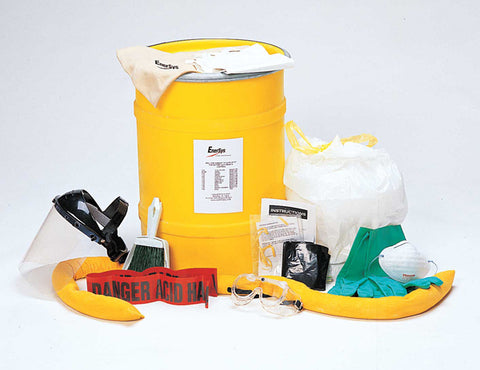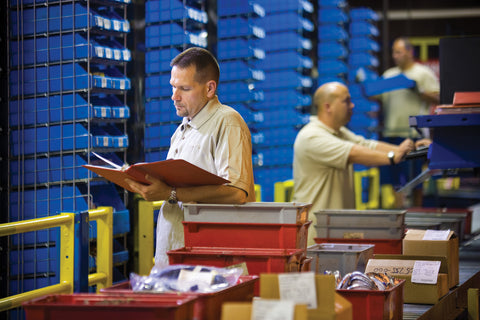In celebration of their 125th Anniversary, Southworth is pleased to join with Raymond Handling Concepts in this special Black Friday Sale.
For a limited time, we will be offering the best work positioning equipment in the industry at special Black Friday pricing. Products included in the sale are our rugged PalletPal Level Loaders, LS Scissor Lifts, manual stackers and the powered Stack ‘n Go Also included is our newest low profile product, the Roll-E Level Loader.
All of these Southworth products come backed with a two year warranty.
PalletPal 360 Spring Actuated Level Loader - $1,682.81
This automatic load leveler uses a system of springs and shock absorbers to lower and raise loads as boxes are added or removed from pallets. A turntable allows nearside loading and unloading. No power or air supply is required. Pallet loads up to 4,500 lbs can be handled.
Hydraulic Scissor Lift Table - $2650.10
Southworth Backsaver Hydraulic Lift Tables are extremely rugged and reliable machines. Thousands of Backsaver Lifts are in use throughout the United States for machine feeding, work positioning, assembly, order picking, pallet loading, and a wide range of other applications.
The wide range of power options, controls, tabletops, and base configurations that can be specified for each of the many basic sizes gives the user an almost unlimited choice of variations.
The Roll-E Level Loader - $4,865.90
Features a unique low-profile design that allows it to be fed with an ordinary hand pallet truck. Foot switch allows for hands-free positioning of the load. A full perimeter toe-guard provides an added measure of safety.
They feature a rugged, ergonomic design that is extremely simple to use, highly maneuverable and available in capacities up to 3,000 lbs. with lifting heights up to 80".
Southworth Stack ‘n Go Stackers - $5,556.83
All feature a narrow mast and offset handle to give operators a clear view of what is in front of them. Forward and reverse drive controls are located on either side of the steering handle and an auto-reversing belly switch protects workers when walking backwards with the stacker.











 What is a battery spill kit? It is a package of materials and supplies that are used to clean up and neutralize battery acid spills.
What is a battery spill kit? It is a package of materials and supplies that are used to clean up and neutralize battery acid spills.